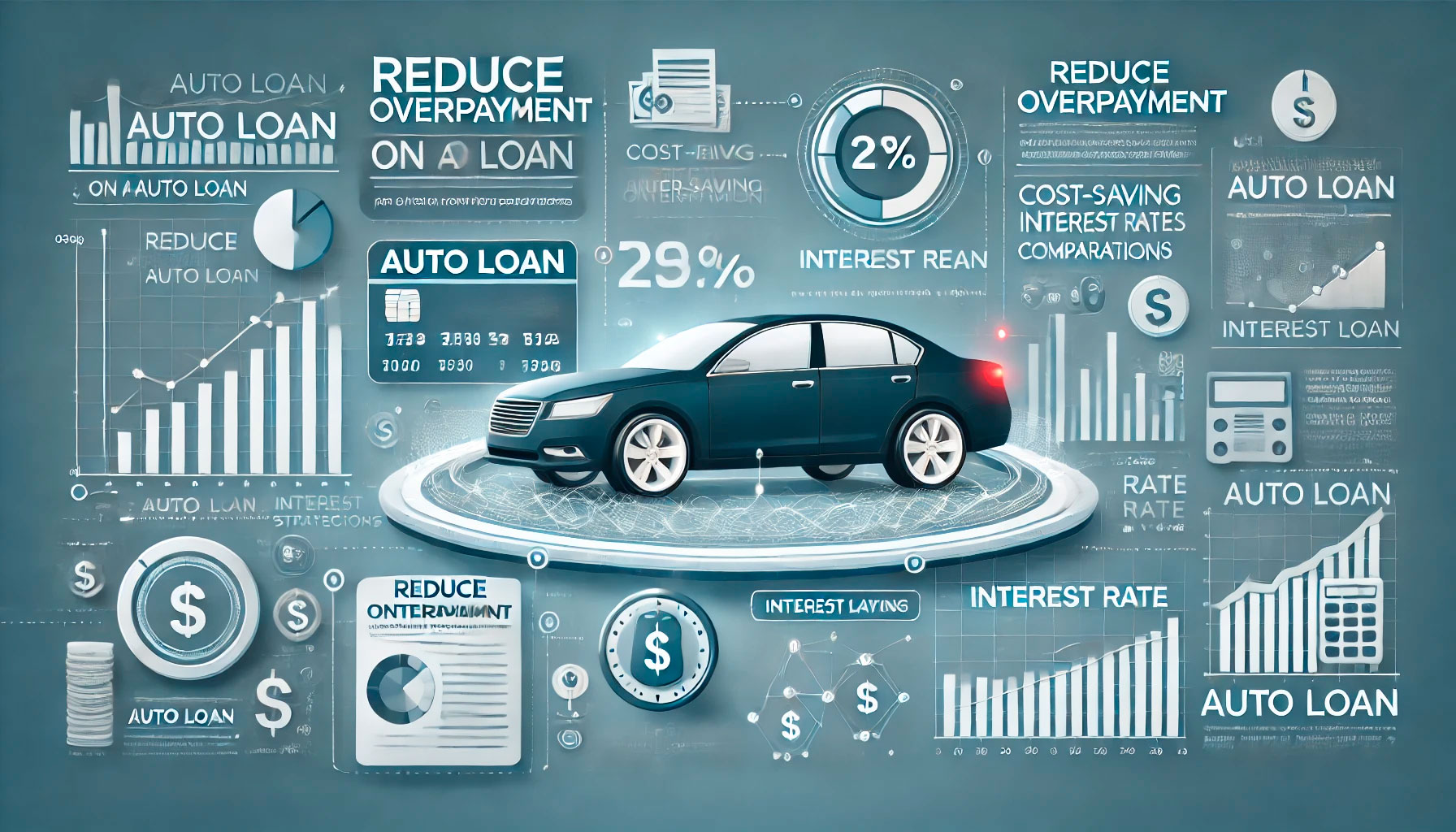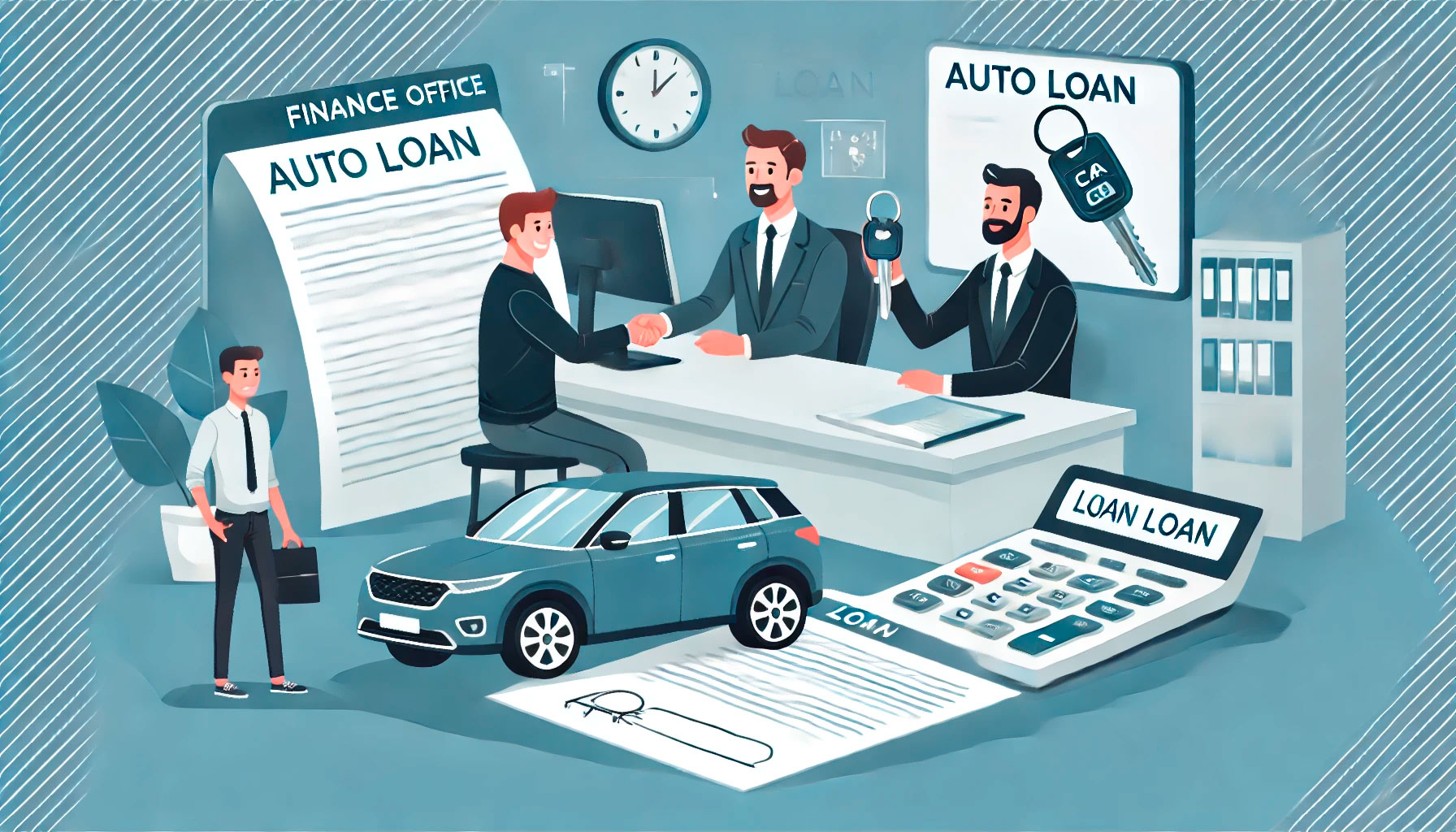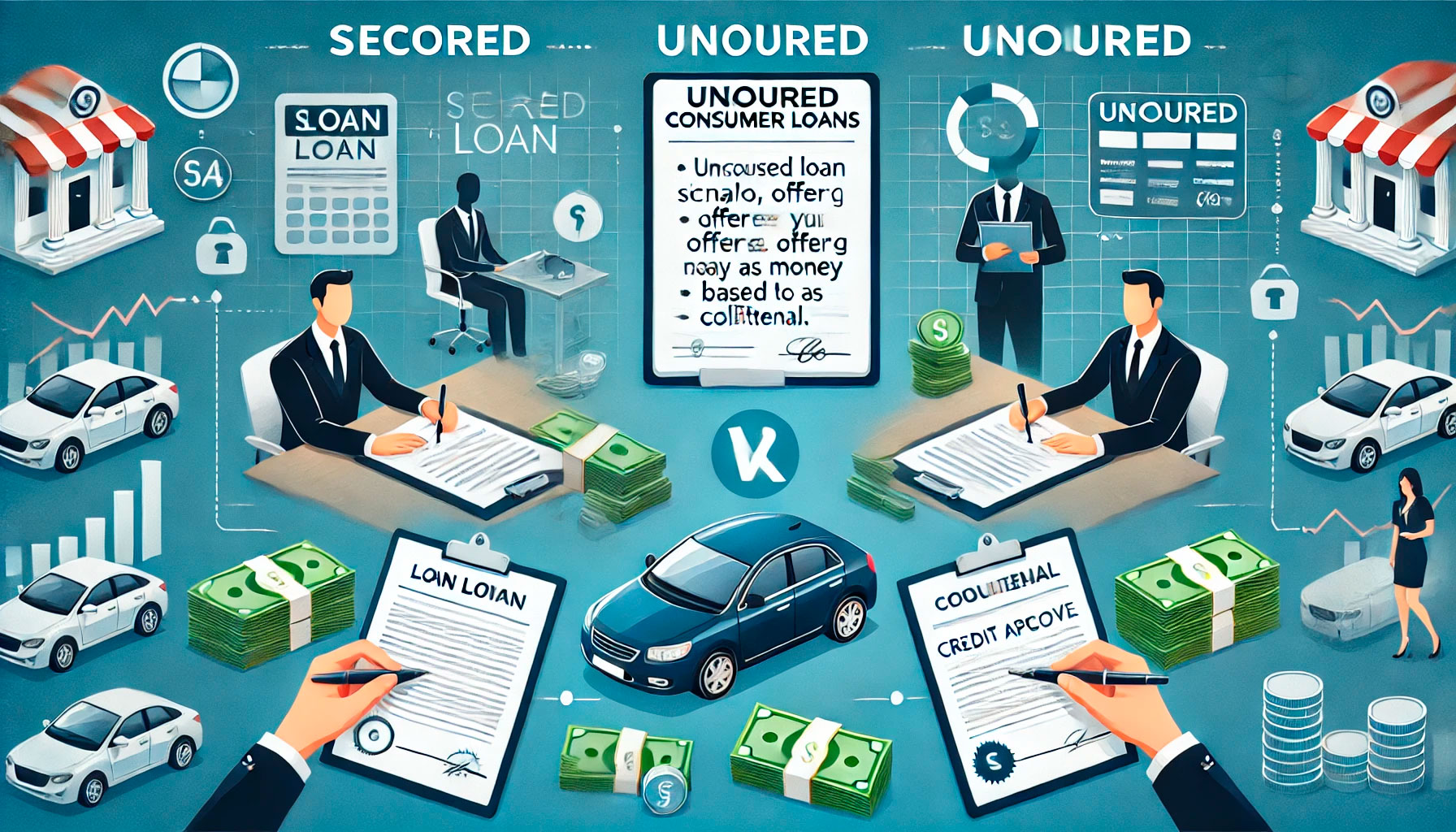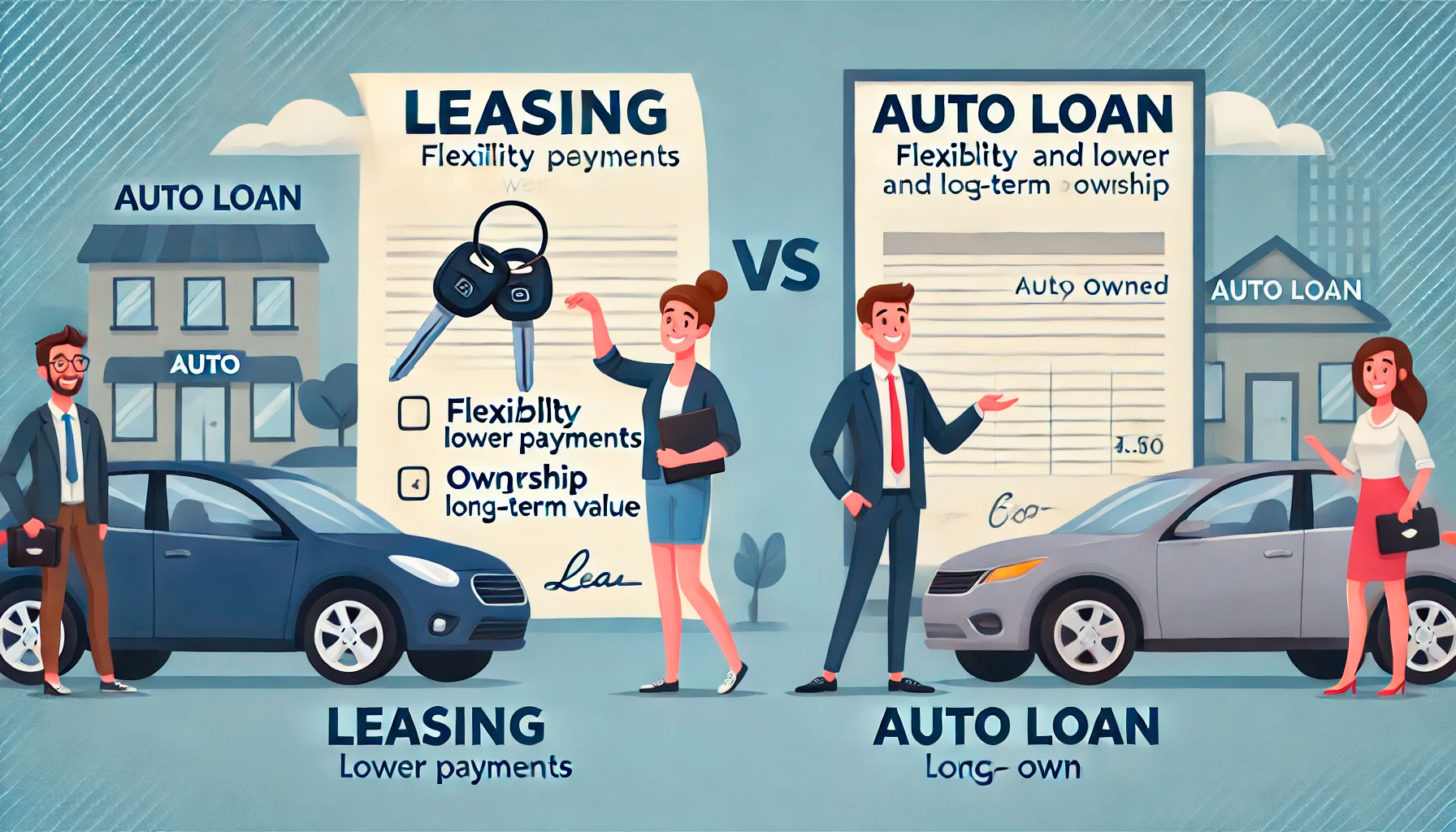
When it comes to acquiring a new car, two of the most popular financial options are leasing and taking out an auto loan. Both paths lead to the same destination—owning or driving a vehicle—but they differ significantly in how they affect your finances. This article delves into the ins and outs of leasing and auto loans, comparing the two options in terms of monthly payments, long-term costs, ownership, and other crucial factors. By the end of this analysis, you’ll have a clearer understanding of which choice aligns better with your financial situation and lifestyle.
The Basics of Leasing and Auto Loans
Before diving into the specifics, it’s essential to grasp the fundamental differences between leasing and auto loans. Leasing is akin to renting a car for a set period, typically 2-4 years. In this arrangement, you make monthly payments to the leasing company, which retains ownership of the car. At the end of the lease term, you return the vehicle or have the option to purchase it at a pre-agreed price.
On the other hand, an auto loan is a financing agreement that allows you to borrow money to purchase a car. Unlike leasing, you’re working towards full ownership. You’ll make monthly payments for the duration of the loan, usually between 3 to 7 years, and once you’ve paid off the loan, the car is entirely yours. In essence, with an auto loan, you invest in the vehicle’s future resale value, while with leasing, you’re essentially paying for the right to drive the car during its depreciation period.
Monthly Payments: The Key Difference
One of the most noticeable differences between leasing and auto loans is the monthly payment. Generally speaking, leasing tends to offer lower monthly payments compared to auto loans. This is because, when leasing, you’re only paying for the vehicle’s depreciation over the lease term, not the entire cost of the car. In contrast, with an auto loan, you’re paying for the full price of the vehicle, including interest, over the life of the loan.
This lower monthly cost makes leasing an attractive option for people who want to drive a new car every few years but don’t want to stretch their budget too thin. For example, if you’re leasing a car worth $30,000, you might pay just $250-$350 per month. However, if you opt for an auto loan for the same vehicle, your payments could be closer to $500 or more, depending on your interest rate and loan term.
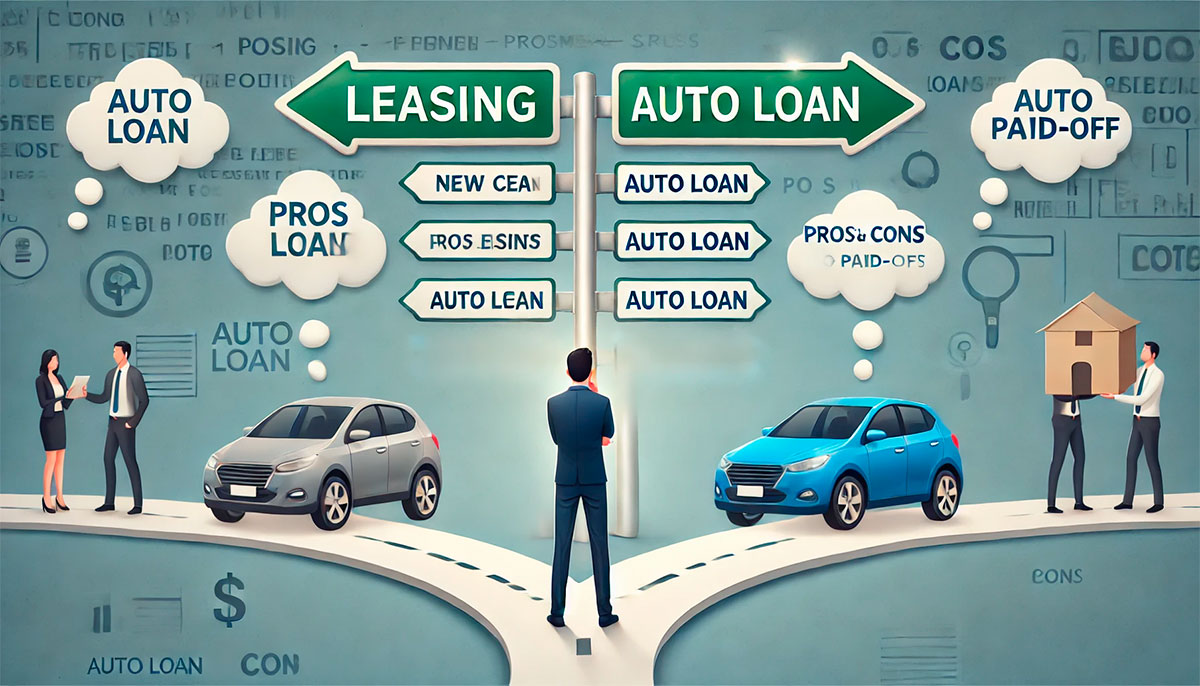
Ownership and Equity: The Long-Term Picture
When you lease a vehicle, you essentially rent it for a specified period. This means you won’t own the car when the lease ends unless you choose to buy it. Leasing is ideal for people who don’t mind giving up ownership in exchange for lower monthly payments and the option to drive a new car every few years.
However, when you take out an auto loan, you’re building equity with every payment. By the end of the loan term, assuming you’ve kept up with your payments, the car will be entirely yours, and you can do whatever you wish with it. Sell it, trade it in, or keep it for as long as it runs—there are no restrictions beyond the fact that you’ve paid for the car in full. The key takeaway is that with an auto loan, you eventually own an asset, while with leasing, you’re essentially renting an asset that you will never own.
Maintenance and Repair Costs: Who’s Responsible?
When considering leasing vs. auto loan options, it’s important to look at maintenance and repair costs. When you lease a car, your warranty often covers most repair and maintenance costs for the duration of the lease, especially if it’s a new vehicle. However, you’re still responsible for basic upkeep, such as oil changes, tire rotations, and brake pad replacements. Most importantly, if you return the vehicle with significant wear and tear, you could be hit with hefty penalties.
With an auto loan, you’ll eventually own the car, meaning you’ll be fully responsible for its maintenance and repairs once the manufacturer’s warranty expires. Depending on the vehicle, these costs can be substantial, especially as the car ages. However, owning a car means you have the flexibility to handle repairs as you see fit, without worrying about violating any lease terms or incurring excessive fees. The downside is that repair costs can creep up over time, potentially adding to the financial strain as your vehicle gets older.
Depreciation and Residual Value
Depreciation is a key consideration when comparing leasing vs. auto loan options. With a new car, its value starts to decrease the moment it leaves the dealership. This depreciation is more noticeable when you purchase a car outright through an auto loan, as the vehicle’s resale value will be much lower after a few years of ownership. The longer you hold onto the car, the less it will be worth when you decide to sell it or trade it in. However, by paying off the loan, you can make use of the car’s residual value, which can be quite rewarding if the vehicle holds its value well over time.
Leasing, on the other hand, alleviates the problem of depreciation. Since you’re not responsible for selling the car or recovering its residual value, leasing can be a great choice if you prefer to drive a new car every few years. The downside is that you’re not building any equity or value, meaning you’ll never recoup any of the money spent on the car at the end of the lease.
Flexibility and Personalization
When you lease a car, there’s often less flexibility in terms of customization and personal changes. Most leasing agreements have restrictions on modifications, and any alterations could result in penalties. Additionally, if your personal situation changes—perhaps you want to drive more miles than your lease allows, or you want to terminate the lease early—you may face additional charges.
On the other hand, an auto loan provides much more freedom. Since you own the car, you can modify it as you wish—adding custom features, upgrading the sound system, or even repainting the exterior. Moreover, if your personal circumstances change, you can sell the car or trade it in at any time without facing penalties. This makes an auto loan a more flexible and permanent option, especially for those who value the ability to personalize their vehicle.
Which Option is Right for You?
The decision between leasing and taking out an auto loan boils down to your financial goals, lifestyle, and preferences. If you value lower monthly payments, enjoy driving new cars every few years, and don’t mind not owning the vehicle, leasing could be the right choice for you. It offers a more predictable and often more affordable experience, especially if you prefer the idea of always having the latest model.
However, if you want to invest in a car over the long term, build equity, and have the freedom to modify your vehicle and keep it as long as you want, an auto loan might be the better option. While your monthly payments will likely be higher, you’ll eventually own an asset that you can sell or keep for years to come, potentially saving you money in the long run.
Ultimately, the choice between leasing and taking out an auto loan is a personal one. Both options have their advantages and drawbacks, and your decision should reflect your financial circumstances, lifestyle preferences, and how long you intend to keep your next vehicle. By weighing the pros and cons of each option carefully, you’ll be able to make an informed choice that best suits your needs and ensures that you’re driving away with the best deal possible.


